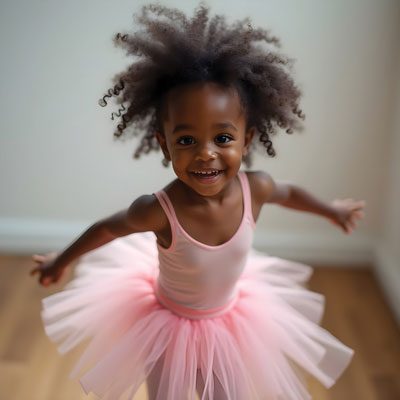
by Jess Child
JC Dance
The importance of a positive safe and inclusive learning environment for children.
Dance classes, especially ballet classes, are notoriously known for their strict nature. Often putting the mental and physical wellbeing of students at risk. It is time to switch this narrative and normalise a gentler approach which supports students rather than tearing them down. This looks like an emphasis on wellbeing, inclusivity, positive reinforcement, listening to the body and the understanding of injury prevention.
Emphasis on wellbeing means treating dance students as human first, and dancers second. Mental health must be a priority in the dance space. All humans are different so why does this have to change in a dance class? Students will all have different needs and experience classes in different ways. Teachers who model empathy, respect and have open communication with their students, create a safe space where children feel valued, supported and free to explore movement without fear of judgment. This encourages individuality of each student, nurtures children’s confidence, and empowers them to express and be themselves. Dance should be a source of happiness and connection, not pressure.
Inclusivity in dance classes is essential for creating a space where every child can feel seen. Dance should reflect the diverse world we live in, welcoming all body types, abilities and ways of thinking. Recognising and supporting neurodivergent students, for example those with autism, ADHD or other cognitive differences, means adapting teaching styles, using clear communication, and stepping away from the rigidity of ballet training.
Using different learning styles and pathways allows children to be themselves and thrive. It is important to challenge the outdated stereotypes of how a dancer ‘should look’. Using an approach of body neutrality in dance classes, focusing on what our bodies can do, how they move and how that makes them feel. Taking the focus away from how our bodies look. In a society already rampant with diet culture, dancers are even more vulnerable, often in front of mirrors and looking towards a stereotypical ‘ballet body’ as a goal. If a child has a body and is doing ballet, they have a ballet body! It’s a teacher’s job to protect their students from these toxic ideals.
Teaching children to listen to their bodies in a dance setting, is crucial for safety and injury prevention. Often young dancers’ bodies are pushed beyond their limits creating lifelong problems. We have to respect our body’s limits and remember young bodies are growing and changing all the time, so these limits within each individual student will also change. Encouraging body awareness will help young dancers recognise pain and fatigue early. This will reduce the likelihood of injury and create lifelong healthy movement patterns. The teacher’s job is to teach students correct technique so as to not put any added strain onto their growing joints and muscles. It’s teaching children it’s OK to rest, its OK to listen to your body’s internal cues. Empowering students to respect and have autonomy over their own bodies.
At the heart of evolving dance education is the importance of a positive and supportive learning environment. For children, positive reinforcement and offering corrections and constructive criticism from a place of kindness, builds confidence, motivation and resilience. As a teacher it’s important to lead a class from this place. The way a teacher speaks to their students, directly reflects how the students speak to themselves – teaching from a place of highlighting progress rather than focusing solely on mistakes will help children feel safe and valued. They will be more open to exploring what their bodies can do and take risks without fear of failure and judgment, therefore able enjoy the process of improving technique, nurturing a lifelong love for dance.
Jess Child runs IC Dance – dancing together, growing together. Where every child is welcomed, valued and supported in their movement journey.
www.jcdanceclasses.com 07305 228770 info@jcdanceclasses.com @jess_jcdanceyoga


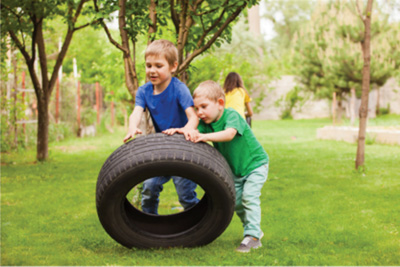
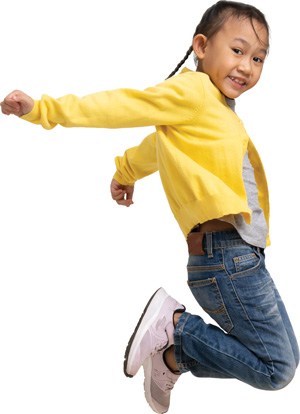
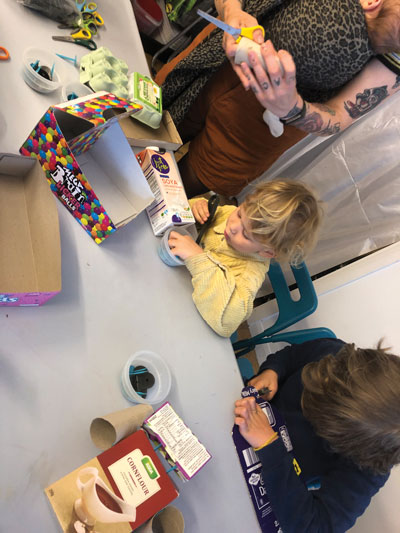
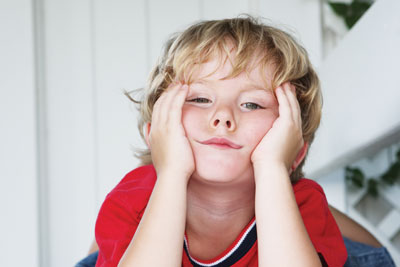
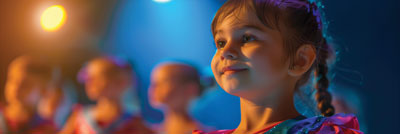

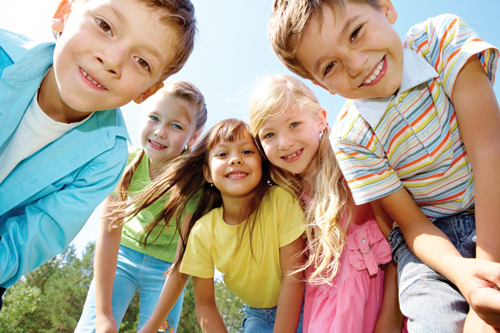
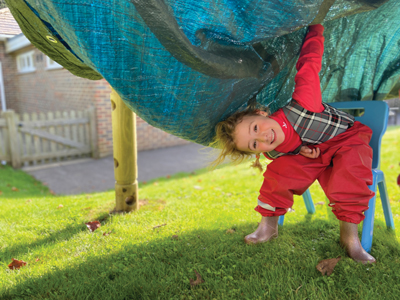
 The ability to write is an essential skill to learn and a tool for life. It is interesting to understand that developing children’s upper body strength is essential to help them control their hands and fingers. This is because there is a strength domino effect which starts at the top: once children can control the large muscle groups of the shoulder, upper back and core, they are able to exert more control on their upper and lower arm, which in turn enables them to control their hand well, before finally achieving fine motor control in the fingers. By climbing, pulling themselves up and hanging down, the muscles in the shoulder are well exercised and this has huge benefits for handwriting and, as they grow older, handwriting at speed.
The ability to write is an essential skill to learn and a tool for life. It is interesting to understand that developing children’s upper body strength is essential to help them control their hands and fingers. This is because there is a strength domino effect which starts at the top: once children can control the large muscle groups of the shoulder, upper back and core, they are able to exert more control on their upper and lower arm, which in turn enables them to control their hand well, before finally achieving fine motor control in the fingers. By climbing, pulling themselves up and hanging down, the muscles in the shoulder are well exercised and this has huge benefits for handwriting and, as they grow older, handwriting at speed.









